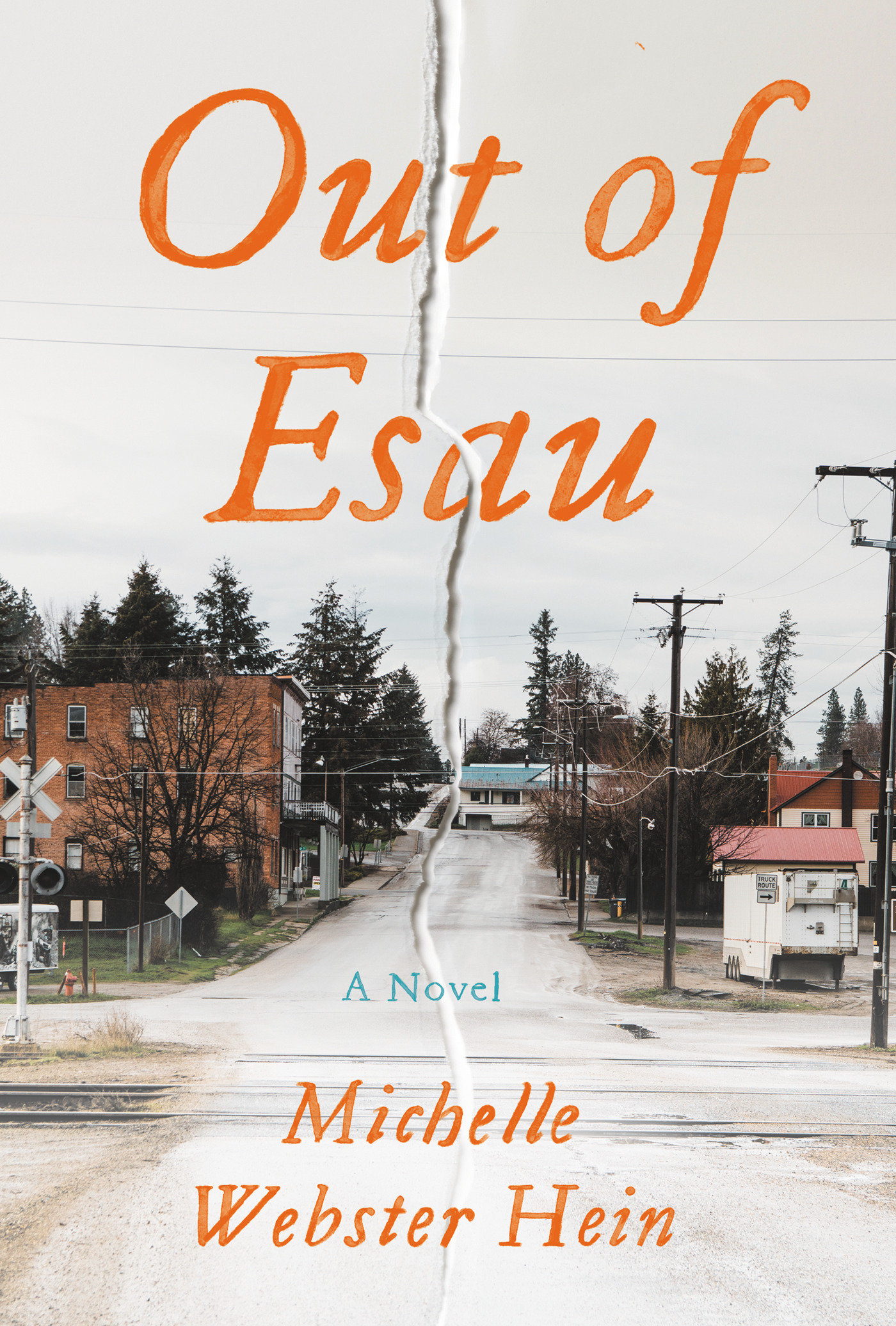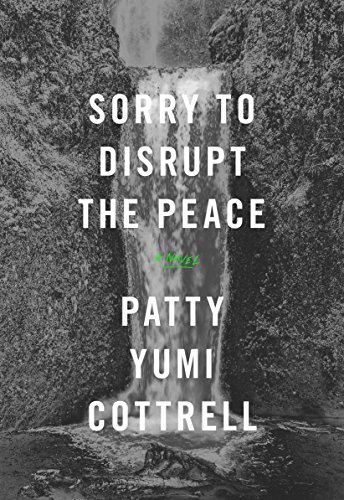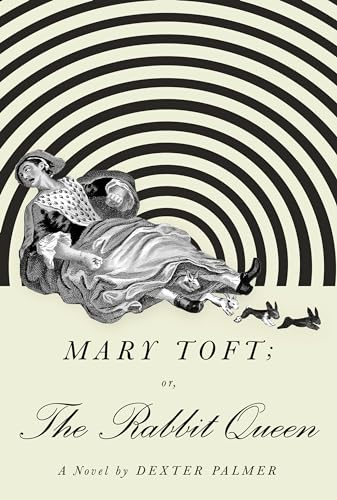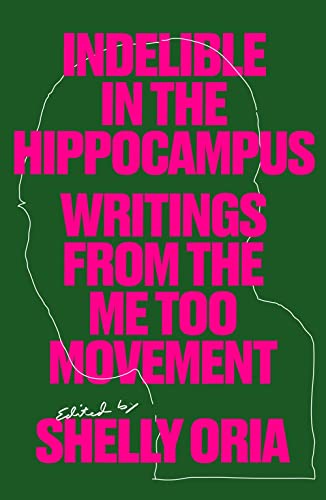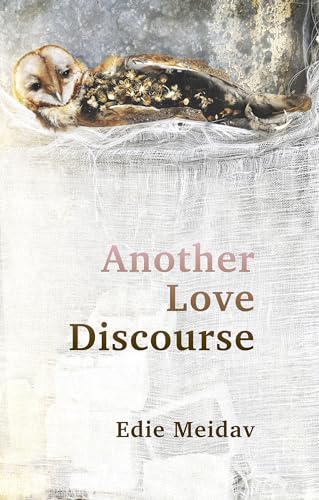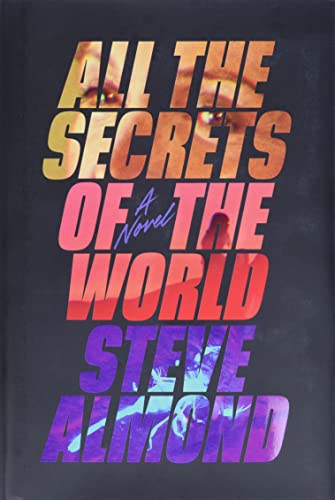Michelle Webster-Hein’s debut novel Out of Esau tells the story of Susan Shearer, a woman in her late thirties who lives with her abusive husband Randy and two young children in a small, rural town in Michigan. She seeks solace at the nearby church, where she forms a connection with Robert Glory, a single middle-aged pastor who feels trapped by his duty to the church community and conflicted over his Native American identity.
Written in painterly prose, Out of Esau switches points of view with each chapter, empathetically exploring each character’s perspective and personal history. I talked with Webster-Hein about cycles of abuse, systems of repression, and how her upbringing shaped her literary approach.
Liv Albright: Can you start by telling me a bit about Esau, Michigan, the novel’s setting? What compelled you to locate the story there?
Michelle Webster-Hein: The town of Esau used to be this up-and-coming town. Then in the early 1900s, a series of fires swept through and took out building after building, and it ceased to be a hub. Now in Esau there’s an abandoned art gallery and an antique reed organ museum. When you walk around Esau, you almost hear echoes. The town of Esau is an outsider, just like its characters are outsiders.
LA: You also depict the town as being conservative, even repressive. In a 2017 essay of yours, “Why I (Still) Believe,” you wrote about a woman living there who was forced to make amends for being pregnant out of wedlock. In Esau it seems women in general were taught to dress more conservatively to keep men’s lust at bay. How did you get the idea for this romance in this forbidden setting?
MW: Romance becomes much more alluring in those kinds of settings. If there aren’t any rules, then there can’t be any sin. With Susan, she is coming from a world where she is not entirely aware of the strictures around women’s bodies with regard to the pastor, to the point where he is strongly discouraged from befriending them or even shaking their hands. Susan breaks some of those boundaries by accident and stumbles into a relationship with him.
LA: I wanted to talk about the character of Randy a little bit. In “Why I (Still) Believe,” you wrote about a member of the congregation who bears a resemblance to Randy.
MW: The man in my essay, who would lock his wife in the attic and who eventually ran away with a prostitute, was a more extreme version of this type of man. I tried to paint Randy not as a villain but as a sympathetic character. Though he is verbally abusive and emotionally abusive, he’s never violent with people and still understands there is a certain line past which he can’t go. When I was writing his character, I was envisioning an ex-boyfriend of mine, and I wondered what it would have been like if I had married him. I grew up in a working-class home where money was tight. There was this air of We’re trying to do things the right way, but everything seemed so hard sometimes. Part of it was the financial struggle, but another part was the emphasis our larger community placed on these really outdated gender roles. Randy feels he’s not a man if he’s not the one bringing home the money and supporting the entire family.
LA: You create sympathy for Randy in part by writing these chaptered segments where readers get a window into multiple characters’ viewpoints, including Randy’s. How did you construct that format? What inspired you to do that?
MW: There were a lot of inspirations behind this format, but a big one was just my experience being a middle child, and always being fascinated by conflict and who was right or wrong. One person is seeing it this way, one person is seeing it that way. It has always felt difficult for me to pronounce judgment, because I am constantly trying to inhabit other peoples’ perspectives. I think this is why I’ve always loved to write from multiple points of view. I started this project by writing short stories, but I realized I wanted to spend more time with these particular characters, and the structure of switching viewpoints back and forth turned this project into a novel. Looking through Susan’s point of view, what are the reasons for Randy’s actions, how do his actions make sense to him? And then you have Willa, who sides with the toxic parent as opposed to the parent who’s really trying to take care of her. I think imagination and compassion are almost the same thing, and in literary fiction especially we’re able to move inside characters rather than just judging their circumstances by outside signifiers. We develop our understanding of others, and we develop our understanding of ourselves.
LA: Can you talk a bit about why you chose to make the character of Robert Native American in the novel?
MW: That’s something I struggled with a lot, being a white woman. Robert kind of presented himself to me. Sometimes characters just walk in and sit down and insist on staying, and that’s what Robert did, and so I’ve done the best I can, employing a sensitivity reader to help me spy out the blind spots where I might do damage. But I am always thinking about what it’s like to be an outsider. Robert is of Cherokee heritage, but he was raised in a white world. The character of Leotie is also an outsider to the insular white world, and Susan and Randy, to a lesser extent, are outsiders to Esau. Willa, too, stands outside the kind of life she wants to live. Their outsider statuses connect to the fact that they’re stuck in their lives, trying to figure out what they might be able to change.
LA: There is one point in the book, where the speaker is saying Randy and Robert both had harsh upbringings and each could have turned out like the other one, but did not.
MW: That is the big question for me. Why does trauma shut some people down and why does it push other people toward achievement or inspiration or some form of goodness that gets realized in the world? I’m obsessed with that question.
LA: Randy was raised by his parents, but his dad treated him badly, whereas Robert experienced other caregivers through the foster care system. Randy is stuck in his life. He is not living up to his potential, and he regrets dropping out of school. Robert had a good education, and I think Randy is jealous of Robert for both Robert’s educational background and his relationship with Susan. Robert is more of the man that Randy wants to be.
MW: One of my questions in writing Out of Esau was investigating who has the power to shape their own life and who does not. I think Robert and Susan demonstrate a certain mastery over themselves, while Randy doesn’t. He is so wounded, and he holds what little he has so tightly that he cannot consider anything else. There is a part where Randy describes Susan as a balloon: if he lets go, she is going to float up and out of his grasp forever. He is pitiable because he doesn’t possess those inner resources. In the rural area where I grew up, a lot of people had these ideas about what makes a man and had corresponding ideas about women. To me, Randy embodies these ideas.
LA: Robert is able to exist above the kind of community norms that you would expect for a man in the small town that he’s in. There is all this talk about him being a sex symbol and the urgent necessity of seeing him married, but you sense that he is above all that, he is doing his own thing.
MW: Robert is spiritually minded, which gives him a sense of control over his life. What he really wants is a life that is safe, protected, and certain. In this way his character is autobiographical for me, because the certainty of my faith consoled me when I was growing up. What appeals to Robert is what appealed to me. It is very comforting to have a system that gives you all the answers; without it, every day—every choice—can feel like such a challenge.
LA: Susan’s daughter Willa looks for that solace, but a lot of it is found in her obsessive behaviors, as a way to control the out-of-control environment in which she finds herself. It’s interesting to have both Willa’s and Susan’s perspectives on the household dynamic—especially in the striking scene where Randy demands that Willa eat her own vomit.
MW: Having been raised in the church as a girl, I am very much socialized to take care of people, to attend to others’ needs before my own, and this socialization is what wakes Susan up. Susan is worried that since she recreated her childhood household through marriage, her daughter, Willa, will do the same, passing the abuse down the line. Susan is aware she is stuck in a cycle and that she needs to change it, while Willa is trying to stabilize her home dynamic through anxious routines. So the mother is trying to effect change, and the daughter is resisting that change. Willa does not have any point of comparison, which makes finding stability harder for her.
LA: Randy is also stuck in that cycle: his father was abusive to him, and now he is abusive to his family. It’s hard to blame any one person when you are looking at it as a cycle.
MW: It is always a cycle. I think as a writer you have to look for for explanations rather than excuses, because some things are not excusable. But I do believe there is always a cycle. And, in that way, there is always an explanation.
